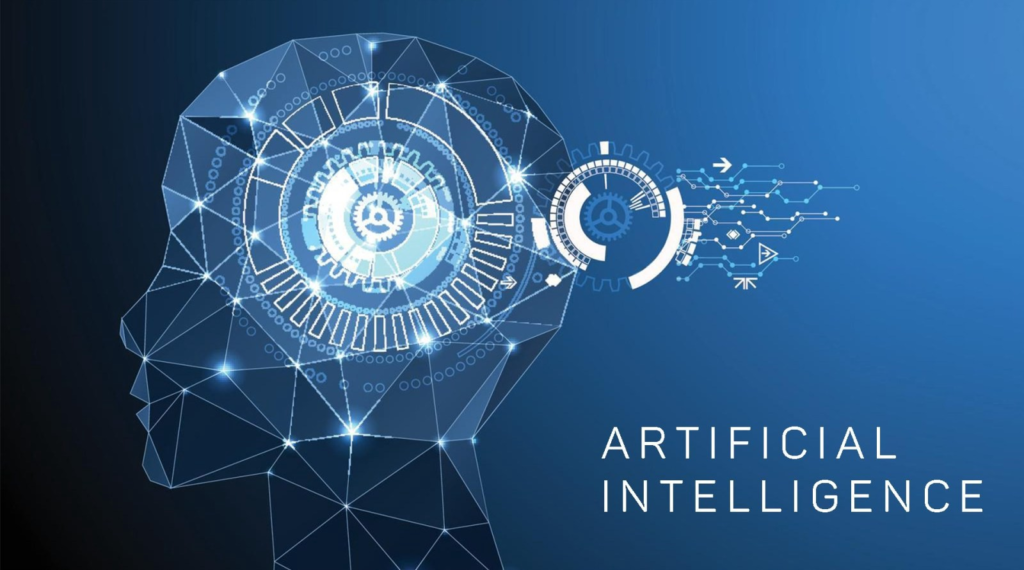
Artificial intelligence (AI) is not only an emerging technology but it is also highly complex. There isn’t even a settled definition of AI, not least because AI is a catch-all term that encompasses various types of technology. This provides plenty of opportunity to theorise as to what the future will hold. The news is very much focused on what technology can do now, whether it is about AI beating humans in games, asking whether AI will steal our jobs, or discussing about the potential of AI to improve society. It is good to take a step back and try and look at the bigger picture of what can be achieved within the next 100 years.
We’ll look at two different methods of categorisation, one comparing the technology to the human mind and the other to the functions that AI can perform.
Classifying AI by Comparing It to the Human Mind
Under this method of classification, the types of AI include:
• Artificial Narrow Intelligence (ANI) – ANI is the level of AI that we currently have. It will probably also cover much of the AI that will be developed for many, many years to come. ANI machines can autonomously perform tasks in a similar way to humans.
• Artificial General Intelligence (AGI) – AGI machines are perceived as machines that can function like a human. So rather than being able to perform and get better at a single task, it will be able to perform multiple tasks, learn completely new competencies, and solve problems it has never encountered before.
• Artificial Super Intelligence (ASI) – Like AGI, ASI is purely hypothetical. It is an AI that is far more intelligent than even the most brilliant minds on Earth. This is the type of AI that causes the most fear.

The Four Types of AI Based on the Functions It Can Perform
Let’s now move to the other categorisation of AI—defining AI based on the functions it can perform. Under this method of categorisation, there are four main types:
1. Reactive Machines
Reactive machines base their decisions and actions on the existing situation. This means they can’t use past experiences to improve their decision-making process. In other words, they can’t learn.
One of the best-known examples of a reactive machine is Deep Blue. In 1996/1997, it became the first computer programme to beat a human at chess when it defeated Gary Kasparov, the Russian chess grandmaster. Deep Blue was programmed to predict the moves it should make. It also predicted the moves its opponent might make, but it could never improve beyond this originally programmed capability.
2. Limited Memory Machines
This is the type of AI that we have today, such as autonomous vehicles, personal assistants like Siri, chatbots, face recognition technology, etc. In simple terms, limited memory machines are programmed to perform specific tasks, but they are also able to learn. This learning helps them improve.
Why do they use limited memory rather than unlimited though? Autonomous vehicles are a good example as they store some bits of data for a limited period of time. This includes the distance to other vehicles, the speed of other vehicles, the current speed limit, etc. When they are in a situation where this information is no longer relevant, this data is discarded. Think how this contrasts to a human brain, which can keep memories for years and years, and can retrieve them when in the right context and time.

3. Theory of Mind
With theory of mind AI, we are back in the realm of the hypothetical. It involves developing machines that can understand emotions, desires, needs, and beliefs. Think of this as a machine that you can have a social interaction with in much the same way that you interact with another person. This is more of the type of AI you expect to see in movies.
4. Self-Aware
Taking the theory of what may be possible as far as it can go is self-aware AI, although it is purely hypothetical at the moment. Self-aware AI not only understands human emotions, needs, and beliefs but it will have emotions, desires, needs, and beliefs of its own.
AI Today and in the Future
Whether the hypothetical iterations of AI are possible or not, there are still substantial developments occurring in the AI technologies we have today. It is very likely we will have an AI that possesses some theory of mind within this century. However, creating a self-aware AI or some kind of super-intelligence is something which still sits in the realm of science fiction. While it cannot be precluded, no-one knows how to get there. The one thing that is certain, is that the future looks exciting and it is going to be much different to what we see now!

